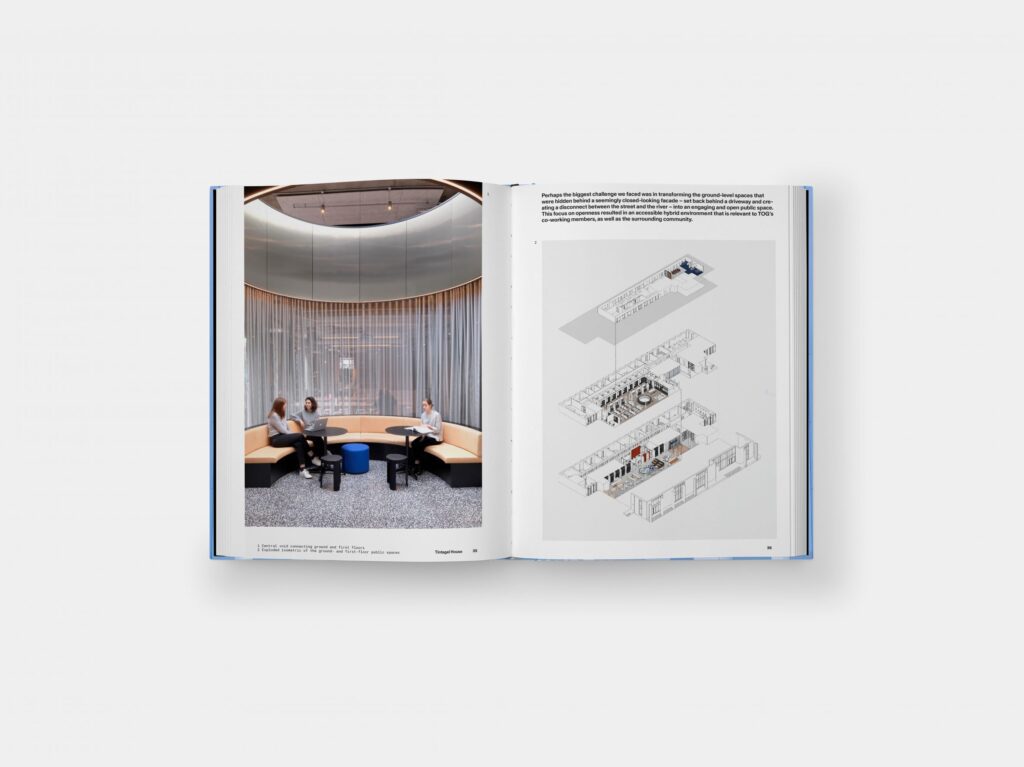Level design is a crucial aspect of game development, as it can make a game more immersive and enjoyable. The purpose of level design is to create an environment that complements the gameplay mechanics and story of a game. Designers must consider the game genre, target audience, and platform to create an immersive and enjoyable experience. Golden paths and exploration paths are used to create variety, and environmental storytelling is a powerful technique that involves using the level’s environment to tell the game’s story, implicitly. A well-designed level should be challenging but balanced, and feedback and rewards must be offered to keep players motivated.
The Art of Level Design: How to Craft Engaging and Challenging Environments
Level design is an essential part of game development. A well-designed level can make a game more immersive, challenging, and enjoyable. In this article, we will discuss different aspects of level design and share tips on how to create engaging and challenging game environments.
Understanding the Purpose of Level Design
The primary purpose of level design is to create an environment that complements the gameplay mechanics and story of a game. Designers must consider the game genre, target audience, and platform to craft an immersive and enjoyable experience. A great level should offer the player variety, challenge, and reward.
Brainstorming and Ideation
Before getting started with level design, it’s essential to brainstorm ideas and sketch out your concepts. What kind of environment will suit your game’s story and mechanics? What visual style will you use? You can use different tools like paper sketches or digital software to create your ideas.
The Three Pillars of Level Design
When designing levels, It’s important to focus on three main pillars:
- Flow – the ability for a player to move through the level with ease and without interruption.
- Gameplay – the experience of interacting with the environment, including enemies, weapons, and obstacles.
- Aesthetics – how the level looks and feels, including the use of color, lighting, and other visual elements.
Level Layout
The layout is the foundation of any level. The placement of enemies, obstacles, and objectives should be intuitive and immersive. It’s essential to consider the pacing of the level and to ensure that there is enough variety to keep the player engaged.
Golden Paths and Exploration Paths
One common approach to level design is the use of golden paths and exploration paths. A golden path is a direct route through the level that the player must take to progress. Alternatively, exploration paths allow players to deviate from the main path and explore the environment to find hidden items or uncover secrets.
Environmental Storytelling
Environmental storytelling is a powerful technique in level design. It involves using the level’s environment to tell the game’s story implicitly. For example, a ruined cityscape might offer clues about the game’s world history or depict the aftermath of a catastrophic event.
The Importance of Sound
Sounds can significantly enhance the immersive environment. The use of sound effects, voice-over, and music can create a sense of atmosphere and tension in a level. For example, the sound of an enemy approaching can signal danger and create suspense.
Balanced Challenge
A well-designed level must offer an appropriate level of challenge. It should be neither too difficult nor too easy. The difficulty should increase gradually, offering the player a sense of accomplishment as they progress through the game. It’s essential to balance the challenge to ensure that players continue to feel motivated and engaged.
Feedback and Reward
In addition to balanced challenge, feedback and reward play a significant role in keeping players motivated. When players complete sections of a level or achieve a goal, they should receive feedback, such as visual or audio cues, to reinforce their progress. For example, defeating an enemy could result in a satisfying sound effect or visual animation.
Conclusion
Level design is an art form that requires a great deal of creative experimentation, iteration, and attention to detail. Crafting engaging, challenging, and immersive environments is crucial to the success of a game. By following the tips mentioned above, designers can create levels that offer variety, challenge, and reward, and keep players engaged throughout the game.
